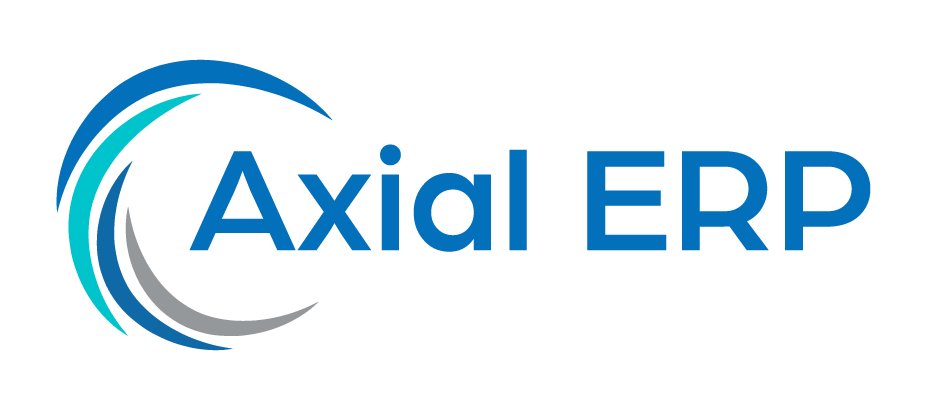Optimization of the R&D Tax Credit Claim Process with ERP
In today’s competitive business world, innovation is a key factor for success and sustainable growth. Companies that invest in Research and Development (R&D) not only foster innovation but can also benefit from significant tax incentives. In this context, the R&D tax credit presents itself as a valuable tool for companies looking to recover part of their R&D investments. However, the process of claiming this credit can be complex and tedious, leading many companies to seek solutions to optimize this process. One of those solutions is the implementation of a suitable Enterprise Resource Planning (ERP) system.
What is the R&D Tax Credit?
The R&D tax credit is a tax benefit that allows companies to reduce their tax obligations based on qualified expenses in research and development activities. This credit aims to incentivize innovation and is a key tool to support investment in new technologies and improvement processes. Eligibility and credit amounts may vary depending on the jurisdiction and specific tax regulations.
Challenges in the R&D Tax Credit Claim Process
The process of claiming the R&D tax credit involves a series of challenges that can hinder its utilization:
- Identification of qualified expenses: Determining which expenses are eligible for the R&D tax credit can be complicated, as it requires a detailed understanding of tax laws and specific criteria in each jurisdiction.
- Detailed documentation: Companies must maintain detailed and accurate documentation of their R&D activities to support their tax credit claims.
- Complexity of calculations: Calculating the R&D tax credit can be complex, especially for companies with multiple R&D projects and diverse sources of funding.
- Review and audit: R&D tax credit claims are subject to review and audit by tax authorities, requiring a high level of accuracy and compliance.
The Role of ERP Systems in Optimizing the Claim Process
Enterprise Resource Planning (ERP) systems are software tools that integrate and automate a company’s business processes. By implementing an ERP, companies can improve efficiency and accuracy in managing their operations, including R&D activities. A well-configured ERP can offer several advantages in the R&D tax credit claim process:
- Automation of data capture: An ERP can automate the collection of R&D expense data, reducing the risk of errors and saving time.
- Improved traceability: ERP systems allow for detailed tracking of R&D activities, facilitating the identification of qualified expenses and the creation of supporting reports.
- Integration of financial information: An ERP integrates the company’s financial information, simplifying the calculations of the tax credit and improving the accuracy of claims.
- Preparation for audits: The documentation and reports generated by an ERP can help prepare the company for potential audits, demonstrating compliance with tax regulations.
Implementation of an ERP for R&D Tax Credit Claim
Implementing an ERP requires careful planning and execution to ensure alignment with the company’s objectives and specific needs in the R&D tax credit claim process. The following steps can assist companies in this process:
- Needs assessment: Determine the specific needs of the company regarding R&D management and the tax credit claim process.
- Selection of a suitable ERP: Choose an ERP system that offers the necessary functionalities for efficient management of R&D activities and optimization of the claim process.
- Customization and configuration: Adapt and configure the ERP to meet the company’s specific requirements and applicable tax regulations.
- Training and adoption: Train staff in the use of the ERP and encourage its adoption to ensure effective utilization in the R&D tax credit claim process.
- Maintenance and updates: Maintain and update the ERP system to ensure optimal performance and adaptation to changes in tax regulations and R&D practices.
Conclusions
Optimizing the R&D tax credit claim process is essential for companies to maximize their tax benefits and support their innovation activities. The implementation of a suitable ERP system can play a crucial role in simplifying and improving this process. By automating data collection, improving traceability and accuracy, and preparing the company for audits, an ERP can help companies overcome the challenges associated with claiming the R&D tax credit. With careful planning and strategic execution, companies can leverage the capabilities of an ERP to strengthen their competitive position through efficient and sustainable innovation.



